Vba Close File Without Saving
VBA (Visual Basic for Applications) is a programming language that allows users to automate tasks in Microsoft Office applications, such as Excel. One common task that users often encounter is closing a file without saving any changes that have been made. In this article, we will explore different methods to achieve this using VBA.
Determining the Method to Close the File Without Saving
Before we dive into the methods of closing a file without saving, it is important to determine the appropriate method based on the user’s requirements. Here are three common methods:
1. Using the Application.DisplayAlerts property to suppress save prompts:
This method involves setting the DisplayAlerts property of the Application object to False. By doing so, any save prompts that appear when closing a file will be suppressed. This method is suitable when you want to close the file without saving and without any pop-up prompts.
2. Utilizing the Workbook.Saved property to check if changes were made:
The Workbook object in VBA has a Saved property that indicates whether the file has been saved since it was last modified. By checking this property, you can determine if any changes were made to the file before attempting to close it without saving. This method is useful when you want to close the file without saving only if there are unsaved changes.
3. Comparing the file’s Modified Date to the original Modified Date to check for changes:
This method involves comparing the modified date of the file with the original modified date. If the modified date is different, it indicates that changes were made to the file. In this case, you can proceed to close the file without saving. This method is helpful when you want to close the file without saving only if there are unsaved changes and the save prompts are not suppressed.
Closing the File without Saving
Once you have determined the appropriate method based on your requirements, you can proceed to close the file without saving. Here are two common methods:
1. Using the Workbook.Close method with the SaveChanges parameter set to False:
The Workbook object in VBA has a Close method that allows you to close the file. By setting the SaveChanges parameter to False, you can ensure that any changes made to the file will not be saved. This method is suitable when you want to close the file without saving and the save prompts are suppressed.
2. Implementing the Application.Quit method to close the entire Excel application without saving:
In some cases, you may want to close not just the file but the entire Excel application without saving any changes. This can be achieved by using the Quit method of the Application object. By calling this method, Excel will be completely closed, and any unsaved changes will be discarded. This method is useful when you want to close the file and exit Excel without saving changes.
Handling Different Scenarios
Different scenarios may arise when closing a file without saving. Here’s how you can handle them:
1. When the file has unsaved changes and save prompts are suppressed:
In this scenario, you can use the Workbook.Close method with the SaveChanges parameter set to False. This will close the file without saving any changes, while the save prompts remain suppressed.
2. When the file has unsaved changes and save prompts are not suppressed:
If the save prompts are not suppressed and there are unsaved changes, you can utilize the Application.DisplayAlerts property to temporarily suppress save prompts. Then, you can use the Workbook.Close method with the SaveChanges parameter set to False to close the file without saving. Afterward, you can restore the original value of the DisplayAlerts property.
3. When the file has no unsaved changes:
If there are no unsaved changes in the file, you can simply use the Workbook.Close method without specifying the SaveChanges parameter. This will close the file without any save prompts.
Error Handling and Validations
When working with VBA to close a file without saving, it is important to consider potential errors and validate certain aspects. Here are some tips to handle errors and ensure smooth execution:
1. Checking if the file is already closed before attempting to close it:
Before attempting to close a file, it is advisable to check if it is already closed. This can be done by checking the value of the Workbook object. If it is equal to Nothing, it means that the file is closed, and you can proceed with other actions.
2. Managing potential errors that may occur when closing the file:
When attempting to close a file without saving, errors may occur due to various reasons, such as file access restrictions or unexpected issues. It is important to handle these errors using error handling techniques, such as the On Error statement, to gracefully handle any unexpected situations.
3. Verifying that the file path and name are correct before attempting to close it without saving:
Before closing a file without saving, it is crucial to verify that the file path and name are correct. This can help avoid any potential issues, such as mistakenly closing the wrong file. You can use validations to ensure that the file exists at the specified path before proceeding with the action.
FAQs
Q1: Can I close a file without saving using VBA?
A1: Yes, you can use VBA to close a file without saving by utilizing the Workbook.Close method with the SaveChanges parameter set to False.
Q2: What happens if I close a file without saving in VBA?
A2: If you close a file without saving in VBA, any changes made to the file will be discarded, and the file will be closed in its original state before the changes were made.
Q3: How do I suppress save prompts when closing a file without saving?
A3: You can suppress save prompts by setting the DisplayAlerts property of the Application object to False before closing the file.
Q4: Can I close the entire Excel application without saving using VBA?
A4: Yes, you can close the entire Excel application without saving by using the Application.Quit method in VBA.
Q5: How do I handle errors when closing a file without saving in VBA?
A5: It is important to handle potential errors that may occur when closing a file without saving in VBA. You can use error handling techniques, such as the On Error statement, to handle these errors gracefully.
Q6: What precautions should I take before closing a file without saving in VBA?
A6: Before closing a file without saving, it is advisable to check if the file is already closed, manage potential errors, and verify that the file path and name are correct to avoid any unexpected issues.
In conclusion, using VBA to close a file without saving can be achieved by suppressing save prompts, checking for unsaved changes, and utilizing the appropriate methods to close the file. By following the recommended error handling techniques and validations, you can ensure a smooth execution of the task. Remember to take necessary precautions and validate file details before performing any actions to prevent any unwanted consequences.
Vba Close File With Or Without Saving
What Is The Shortcut To Close A File In Vba?
VBA, or Visual Basic for Applications, is a programming language that allows users to automate tasks and develop applications within various Microsoft Office programs such as Excel, Word, and Access. In VBA, it is essential to understand the shortcuts and functions available to manipulate files. One common task that VBA programmers often need to perform is closing a file. In this article, we will explore the shortcut to close a file in VBA, along with its various applications and limitations.
Closing a file in VBA can be accomplished using the native VBA function `Close`. It is worth mentioning that the `Close` function is specifically used to close a file that has been opened using the `Open` statement. The syntax for the `Close` function is as follows:
“`
Close [#filenumber]
“`
Here, `#filenumber` refers to the file number assigned to the opened file. Each opened file in VBA is assigned a unique file number, allowing the programmer to manipulate multiple files simultaneously. It is crucial to provide the correct file number in the `Close` function to ensure the intended file is closed.
To use the `Close` function, you need to follow these steps:
1. Open the desired file using the `Open` statement.
2. Perform the necessary operations on the file.
3. Close the file using the `Close` function.
Let’s consider an example to better understand the process.
“`vba
Dim FileNumber As Integer
FileNumber = FreeFile
‘ Open the file for reading
Open “C:\myFile.txt” For Input As #FileNumber
‘ Perform operations on the file
‘ (e.g., reading data, manipulating contents)
‘ Close the file
Close #FileNumber
“`
In the above example, we first declare a variable `FileNumber` to hold the unique file number. The `FreeFile` function assigns the next available file number to `FileNumber`. Then, we use the `Open` statement to open the file “C:\myFile.txt” for input, associating it with the file number. After performing the necessary operations on the file, we close it using the `Close` function, passing the file number as the argument.
Frequently Asked Questions (FAQs):
Q: Can I use the `Close` function without opening a file?
A: No, the `Close` function is specifically used to close files that have been opened using the `Open` statement. If you haven’t opened a file, there is no need to use the `Close` function.
Q: What happens if I try to close a file that is not open?
A: If you attempt to close a file that is not currently open, VBA will raise a runtime error. To avoid this, you should always check if a file is open before attempting to close it, using error handling or other techniques.
Q: Are there any alternatives to the `Close` function for file closing?
A: While the `Close` function is the most commonly used method to close files in VBA, you can also use the `FileClose` statement. The `FileClose` statement is a simpler alternative that closes a file without the need to specify the file number. However, it is worth noting that `FileClose` can only close one file at a time.
Q: Can I close a file without saving the changes made?
A: Yes, by default, the `Close` function will close the file without saving any unsaved changes. If you make any modifications to a file and want to save them before closing, you need to use the appropriate save functions (e.g., `Save`, `SaveAs`) before closing the file.
In conclusion, the shortcut to close a file in VBA is to use the `Close` function, providing the respective file number as an argument. By understanding this simple procedure, programmers can efficiently manipulate files within their VBA applications. However, it is crucial to note that the `Close` function can only close files that have been previously opened and assigned a file number. Remember to check if the file is open and handle potential errors appropriately.
How To Automatically Save And Close An Excel File After A Certain Idle Time?
Excel is a widely used software application for creating spreadsheets and analyzing data. Many of us spend a significant amount of time working with Excel files, and it can be frustrating to accidentally leave a file open and risk losing all the changes made. Thankfully, there’s a solution – you can automatically save and close an Excel file after a certain idle time. In this article, we will guide you through the process of setting up this automated feature and address some common questions and concerns.
1. Open the Visual Basic for Applications (VBA) Editor:
To enable this feature, you need to use VBA, a programming language integrated into Excel. Press ALT + F11 to open the VBA Editor.
2. Insert a New Module:
From the VBA Editor, click on “Insert” and then select “Module” to add a new module.
3. Write the VBA Code:
In the newly created module, enter the following VBA code:
“`
Public Declare Sub Sleep Lib “kernel32” (ByVal dwMilliseconds As Long)
Sub AutoSaveAndClose()
Application.DisplayAlerts = False
Application.OnTime Now + TimeValue(“00:05:00”), “SaveAndClose”
End Sub
Sub SaveAndClose()
ThisWorkbook.Save
ThisWorkbook.Close
End Sub
Sub ResetTimer()
Application.OnTime Now + TimeValue(“00:05:00”), “SaveAndClose”, Schedule:=False
Application.OnTime Now + TimeValue(“00:05:00”), “SaveAndClose”
End Sub
Private Sub Workbook_Open()
Call ResetTimer
End Sub
Private Sub Workbook_SheetChange(ByVal Sh As Object, ByVal Target As Range)
Call ResetTimer
End Sub
“`
4. Save the Workbook as “Excel Macro-Enabled Workbook”:
Press CTRL + S and save the workbook as an “Excel Macro-Enabled Workbook” (.xlsm) to retain the VBA code.
5. Test the Script:
Close the workbook and open it again. As soon as the workbook is opened, the timer starts counting down. If no changes are made within 5 minutes, the workbook will automatically save and close.
FAQs:
Q: How to adjust the idle time before the file closes?
A: In the VBA code, the line `Application.OnTime Now + TimeValue(“00:05:00”), “SaveAndClose”` defines the idle time. The “00:05:00” refers to 5 minutes. To change the idle time, modify this value accordingly. For example, if you want 10 minutes of idle time, use “00:10:00”.
Q: Can I disable the automatic save and close feature?
A: Yes, you can disable the feature by pressing ALT + F11 to open the VBA Editor, and then deleting or commenting out the code related to `AutoSaveAndClose` and `ResetTimer`. Save the workbook without the VBA code.
Q: Will the script override any unsaved changes?
A: No, the script will not override any unsaved changes. It will only save and close the workbook if no changes are made within the specified idle time.
Q: Can I use this script for multiple workbooks simultaneously?
A: Yes, you can. Just make sure to include the VBA code in every workbook you want to enable this feature for.
Q: Is VBA knowledge necessary to use this feature?
A: Some knowledge of VBA is necessary, but you don’t need to be an expert. Follow the steps provided and modify the code accordingly to suit your requirements.
Q: What happens if I continue working on the workbook without saving changes after the timer has been triggered?
A: If new changes are made while the timer is active, it will reset, and the idle time will start counting again from that point onwards.
Q: Is it possible to adjust the timer while the workbook is open?
A: No, the timer cannot be adjusted while the workbook is open. You can only modify the idle time by changing the VBA code.
By automating the save and close feature, you can ensure that your Excel files are protected even if you forget to save and close them yourself. This can be particularly useful if you’re working on multiple files simultaneously or are likely to get distracted. By following the steps outlined in this article, you can save time, reduce the risk of losing data, and work more efficiently with Excel.
Keywords searched by users: vba close file without saving Close workbook VBA, Close workbook VBA without clipboard prompt, Close Excel VBA, Open workbook VBA, Save workbook in vba, VBA code save file to path, Workbook save as VBA, VBA open workbook in background
Categories: Top 91 Vba Close File Without Saving
See more here: nhanvietluanvan.com
Close Workbook Vba
Introduction:
Excel VBA (Visual Basic for Applications) is a powerful tool that allows users to automate tasks and enhance productivity in Microsoft Excel. One fundamental aspect of VBA is the ability to open and close workbooks. In this article, we will dive deep into the Close Workbook VBA feature, explaining its various applications and providing insights on how to use it effectively. So, let’s get started!
Understanding the Close Workbook VBA:
Closing workbooks is a crucial operation in Excel, as it helps free up system resources and ensures data integrity by saving any unsaved changes. VBA provides a range of methods to close workbooks, which can be divided into two main categories: specific workbook close and active workbook close.
Specific Workbook Close:
Closing a specific workbook is useful when you want to explicitly target a workbook by its name or index. Here’s an example that closes a workbook named “Budget.xlsx”:
“`vba
Sub CloseSpecificWorkbook()
Workbooks(“Budget.xlsx”).Close
End Sub
“`
Active Workbook Close:
The active workbook refers to the workbook that is currently in focus or selected. Closing the active workbook can be achieved using simple VBA code like this:
“`vba
Sub CloseActiveWorkbook()
ActiveWorkbook.Close
End Sub
“`
Closing Multiple Workbooks:
VBA also provides the flexibility to close multiple workbooks simultaneously. This can be achieved by using a loop to iterate through each workbook. Here’s an example of closing all open workbooks:
“`vba
Sub CloseAllWorkbooks()
Dim wb As Workbook
For Each wb In Workbooks
wb.Close SaveChanges:=True
Next wb
End Sub
“`
In this code snippet, the `SaveChanges` parameter is set to `True` to save any unsaved changes before closing each workbook. Set it to `False` if you do not want to save changes.
Advanced Techniques:
1. Closing Workbooks Without Saving Changes:
By default, Excel prompts the user to save any unsaved changes before closing a workbook. However, you can bypass this prompt by using the `Saved` property of the workbook object. Here’s an example of closing a workbook without saving:
“`vba
Sub CloseWithoutSaving()
Dim wb As Workbook
Set wb = Workbooks(“Budget.xlsx”)
wb.Saved = True ‘ Mark the workbook as saved (no changes)
wb.Close
End Sub
“`
2. Closing Workbooks With a Delay:
Sometimes, it might be necessary to close workbooks with a delay. For instance, you may need to wait for a background process or ensure resources are released before closing. Here’s an example that introduces a delay of 5 seconds before closing the workbook:
“`vba
Sub CloseWithDelay()
Application.Wait Now + TimeValue(“00:00:05”) ‘ Wait for 5 seconds
ActiveWorkbook.Close
End Sub
“`
FAQs:
Q1. Can I close workbooks without saving using VBA?
Yes, you can close workbooks without saving changes by marking the workbook as “saved” using the `Saved` property before closing it.
Q2. How can I close all open workbooks except the current one?
You can achieve this by modifying the loop in the “CloseAllWorkbooks” example. Add a condition to skip the active workbook:
“`vba
Sub CloseAllWorkbooksExceptCurrent()
Dim wb As Workbook
For Each wb In Workbooks
If wb.Name <> ThisWorkbook.Name Then
wb.Close SaveChanges:=True
End If
Next wb
End Sub
“`
Q3. Is there a way to close workbooks automatically when idle for a specific duration?
Yes, you can use the Application.OnTime method to schedule a workbook to close after a specific duration of inactivity:
“`vba
Sub CloseAfterIdle()
Application.OnTime Now + TimeValue(“00:05:00”), “CloseSpecificWorkbook”
End Sub
Sub CloseSpecificWorkbook()
Workbooks(“Budget.xlsx”).Close SaveChanges:=True
End Sub
“`
In this example, the “CloseSpecificWorkbook” subroutine is scheduled to run 5 minutes (300 seconds) after the “CloseAfterIdle” subroutine is called.
Conclusion:
Mastering the Close Workbook VBA feature empowers Excel users to efficiently manage workbooks and enhance productivity. Whether it’s closing specific workbooks, closing the active workbook, or closing multiple workbooks at once, VBA offers a range of methods to accomplish these tasks. Additionally, the advanced techniques discussed here, such as closing workbooks without saving and closing with a delay, provide further flexibility and control. By leveraging the power of VBA, you can streamline your workflow and save precious time while working with Excel.
Close Workbook Vba Without Clipboard Prompt
When using VBA code to automate tasks in Excel, you may come across situations where you need to close a workbook programmatically without being prompted about the clipboard. This can be a frustrating issue that can slow down or even halt your automation process. In this article, we will explore different approaches to close a workbook using VBA and eliminate the clipboard prompt.
Why Does the Clipboard Prompt Appear?
The clipboard prompt appears when you close an Excel workbook that contains copied or cut data. Excel prompts you to confirm whether you want to keep the data on the clipboard or discard it before closing the workbook. While this can be a useful feature when working manually, it can become a major obstacle when running automated processes.
Approach 1: Clear the Clipboard
One simple way to avoid the clipboard prompt is to clear the contents of the clipboard before closing the workbook. You can achieve this by using the following VBA code:
“`vba
Sub CloseWorkbookWithoutClipboardPrompt()
Application.CutCopyMode = False
ThisWorkbook.Close
End Sub
“`
The `Application.CutCopyMode = False` line clears the clipboard by canceling any active copy or cut operation. Then, the `ThisWorkbook.Close` line closes the workbook without any prompts. This approach ensures that the clipboard does not contain any data before closing the workbook.
Approach 2: Save the Clipboard Content
If you still need the data on the clipboard after closing the workbook, you can save its content in a variable before closing the workbook. Later, you can restore the clipboard content after the workbook has been closed. Here’s an example of how to achieve this:
“`vba
Sub CloseWorkbookWithoutClipboardPrompt()
Dim clipboardData As DataObject
Set clipboardData = New DataObject
‘ Save clipboard content
clipboardData.GetFromClipboard
Dim savedData As String
savedData = clipboardData.GetText
‘ Close workbook
ThisWorkbook.Close
‘ Restore clipboard content
clipboardData.SetText savedData
clipboardData.PutInClipboard
End Sub
“`
In this approach, we are using the `DataObject` class to interact with the clipboard. We first save the content of the clipboard using `clipboardData.GetFromClipboard` and `clipboardData.GetText`. After closing the workbook, we restore the clipboard content using `clipboardData.SetText` and `clipboardData.PutInClipboard`. This way, you can seamlessly continue working with the data on the clipboard without any prompts.
FAQs
Q: What if I want to close multiple workbooks without the clipboard prompt?
A: You can use the same code examples provided in this article, modifying them accordingly to close multiple workbooks at once.
Q: I am getting an error when trying to use the `DataObject` class. What should I do?
A: The `DataObject` class is part of the “Microsoft Forms 2.0 Object Library.” To enable it, go to the VBA editor, click “Tools” in the menu bar, select “References,” and check the box next to “Microsoft Forms 2.0 Object Library.”
Q: Are these approaches exclusive to Excel workbooks?
A: No, these approaches can also be used to close other types of workbooks, such as Word documents or PowerPoint presentations.
Q: Will these approaches work if the workbook is password-protected?
A: Yes, these approaches will work regardless of whether the workbook is password-protected. However, if the workbook is protected with a password, you will need to enter the password before closing it.
Q: Can I automate the process of closing workbooks without the clipboard prompt?
A: Yes, you can automate this process by incorporating the VBA code into a larger macro or by utilizing Excel’s event handling capabilities.
In conclusion, closing an Excel workbook without the bothersome clipboard prompt is possible by utilizing different VBA approaches. Whether you choose to clear the clipboard or save its content, you can seamlessly automate your processes while avoiding any interruptions.
Close Excel Vba
Excel VBA (Visual Basic for Applications) is a powerful tool that allows users to automate tasks, create custom functions, and enhance the functionality of their Excel spreadsheets. However, there may come a time when you need to close Excel VBA. In this article, we will explore various methods to close Excel VBA, understand the reasons why you might want to do so, and address some frequently asked questions related to this topic.
Why Close Excel VBA?
Before we delve into the methods to close Excel VBA, it is essential to understand the reasons why you might need to do so. Here are a few common scenarios:
1. Error Handling: In some cases, your VBA code may encounter an error, causing it to stop unexpectedly. Closing Excel VBA allows you to reset the environment and start fresh.
2. Resource Management: Excel VBA can consume significant system resources, especially if you have a large dataset or complex calculations. By closing Excel VBA when it’s not actively in use, you can free up valuable resources and improve the performance of your computer.
3. Security: If you are working on a shared computer or need to ensure the privacy of your VBA code, closing Excel VBA can prevent unauthorized access or modifications to your macros.
Methods to Close Excel VBA:
Now that we understand the reasons why you might want to close Excel VBA, let’s explore various methods to accomplish this:
1. Closing from the Developer Tab: The most straightforward way to close Excel VBA is by using the “End” button on the Developer tab ribbon. Simply navigate to the Developer tab, click on the “End” button in the Code group, and Excel VBA will be closed.
2. Closing from the Task Manager: If for some reason you’re unable to close Excel VBA using the Developer tab, you can resort to the Task Manager. Press “Ctrl + Alt + Delete” and select “Task Manager.” Look for the “Excel” or “Microsoft Excel” process under the “Processes” tab, right-click on it, and choose “End Task.” This will forcefully close Excel VBA.
3. Using VBA Code: If you want to close Excel VBA programmatically, you can use VBA code itself. By calling the “Application.Quit” method, you can gracefully close Excel VBA from within your VBA code. This method is particularly useful if you want to automate the closing process as part of your VBA macro.
4. Utilizing Workbook Events: Another approach to closing Excel VBA is by utilizing workbook events, such as the “Workbook_BeforeClose” event. By adding VBA code to your workbook’s module, you can trigger specific actions to be performed before closing the workbook, including closing Excel VBA.
FAQs about Closing Excel VBA:
Q1. Will closing Excel VBA affect my Excel workbook?
A1. No, closing Excel VBA will not affect your Excel workbook. Your data and formulas will remain intact.
Q2. Can I disable the option to close Excel VBA?
A2. No, you cannot disable the option to close Excel VBA. However, you can protect your VBA code with a password to prevent unauthorized access.
Q3. How do I reopen Excel VBA after closing it?
A3. Closing Excel VBA is temporary, and it can be easily reopened by running a VBA macro or launching a new instance of Excel and enabling the Developer tab.
Q4. Will closing Excel VBA fix any issues with my VBA code?
A4. Closing Excel VBA will reset the environment and start fresh, but it may not fix issues with your VBA code. You will need to identify and resolve any code-related issues separately.
Q5. Is it necessary to close Excel VBA regularly?
A5. It is not necessary to close Excel VBA regularly unless you are experiencing resource constraints or security concerns. However, closing it when not actively in use can help improve system performance.
Closing Excel VBA is a simple task that can be done through various methods. By understanding the reasons why you might want to close Excel VBA and utilizing the appropriate methods, you can manage resources, handle errors, and maintain the privacy of your VBA code effectively. Remember to choose the most suitable method for your specific requirements and incorporate it seamlessly into your Excel workflow.
Images related to the topic vba close file without saving
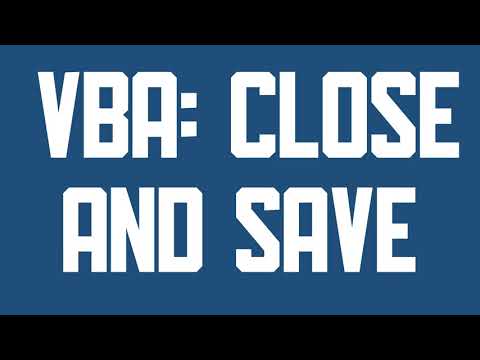
Found 18 images related to vba close file without saving theme
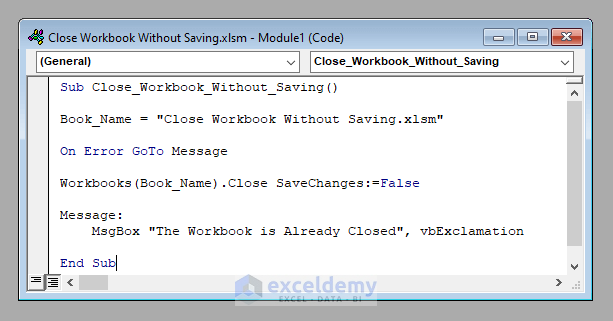

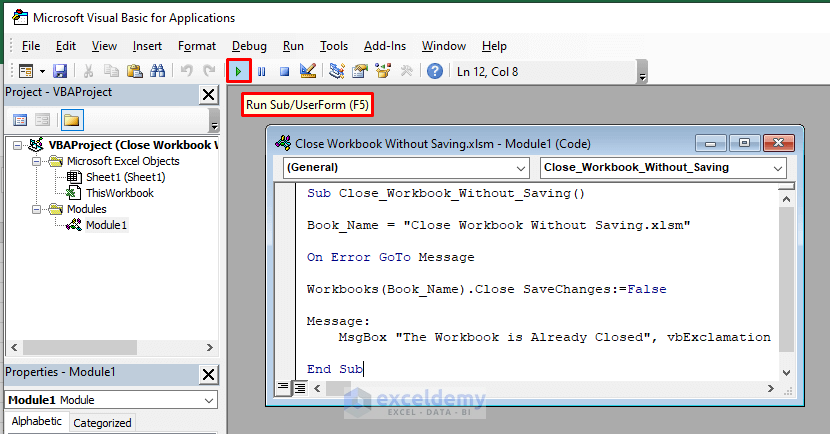

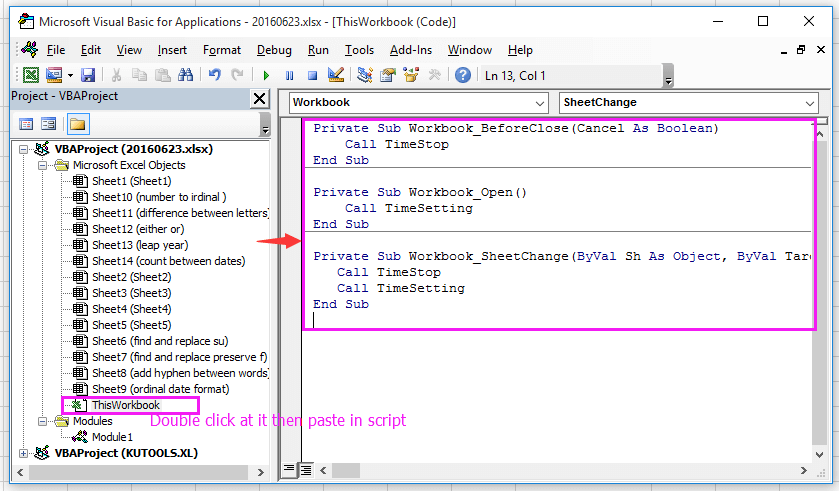
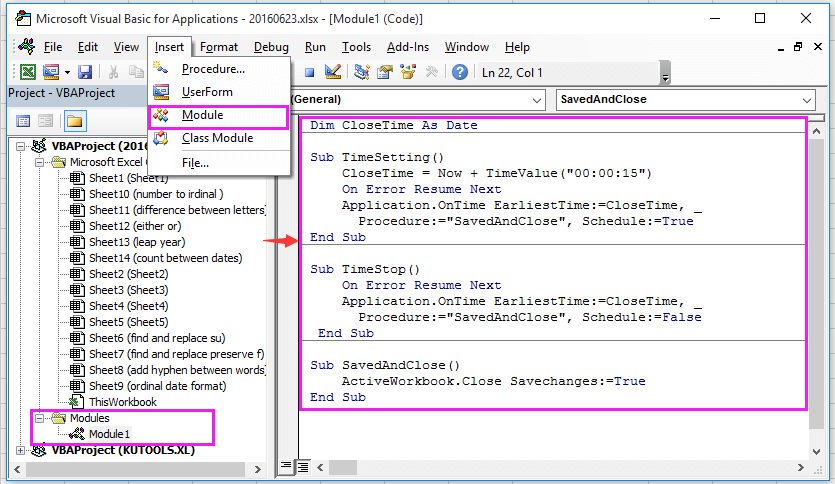
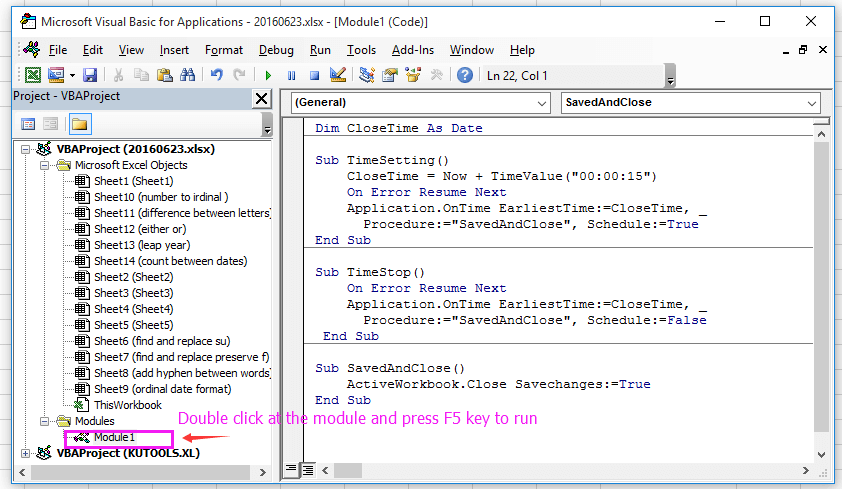


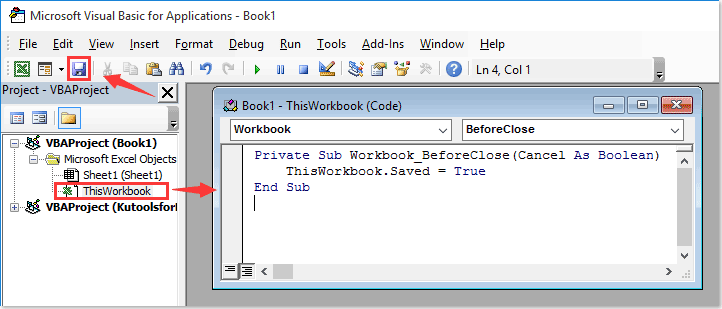

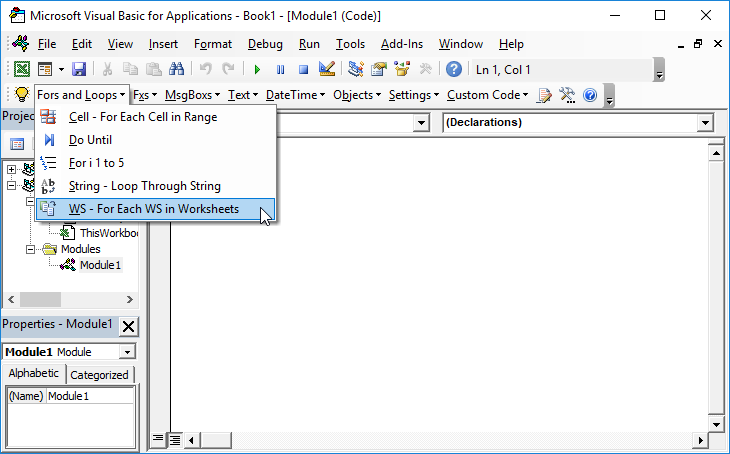

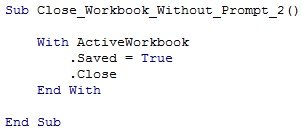
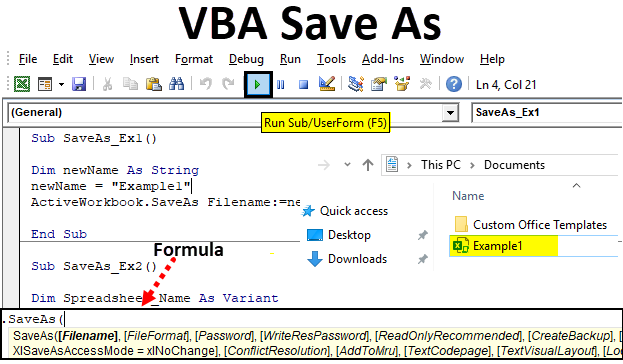
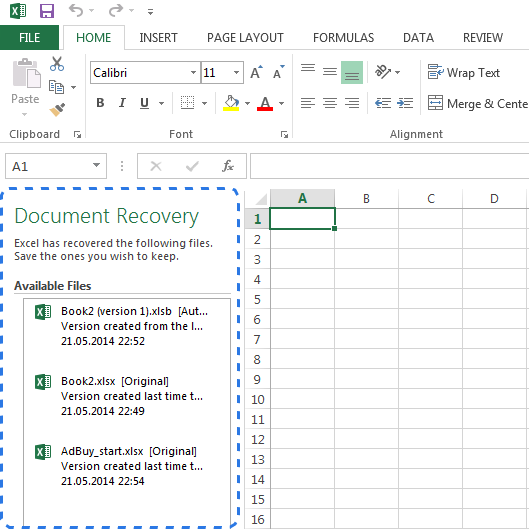
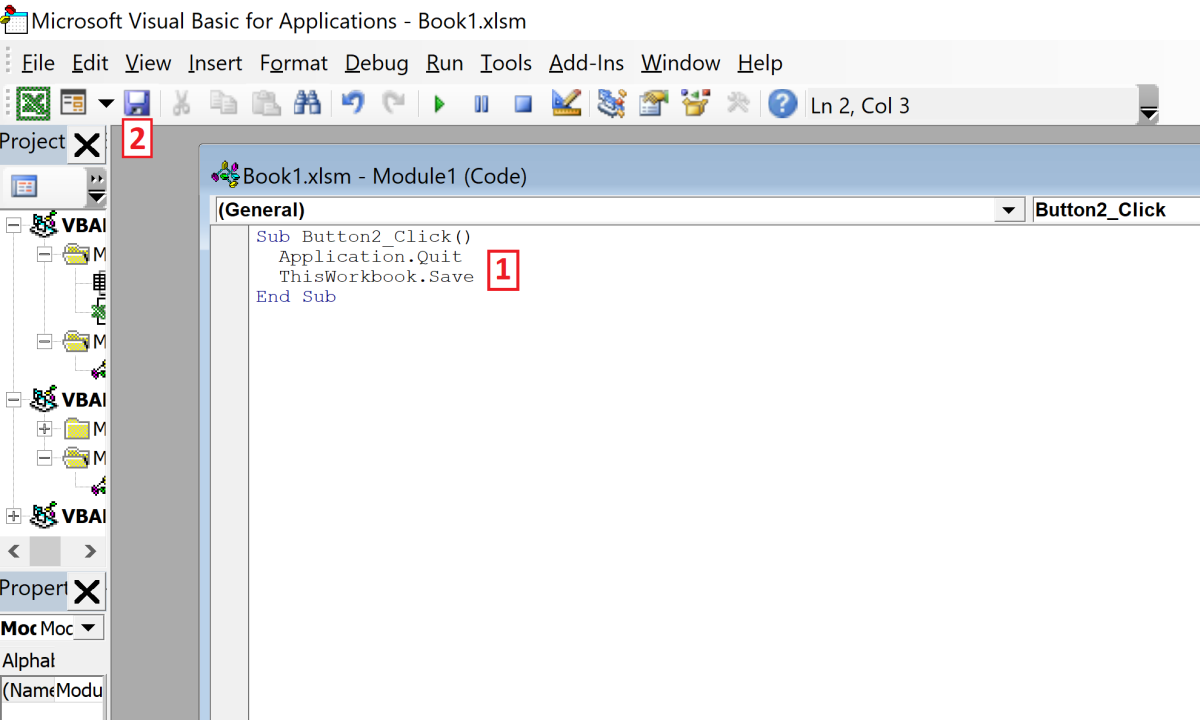
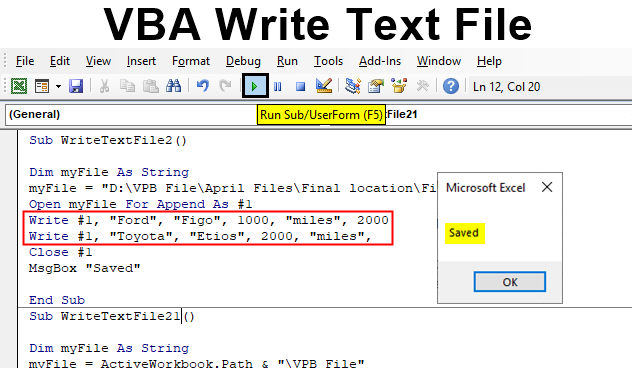
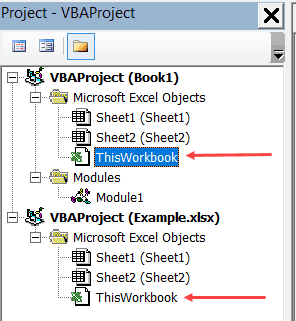

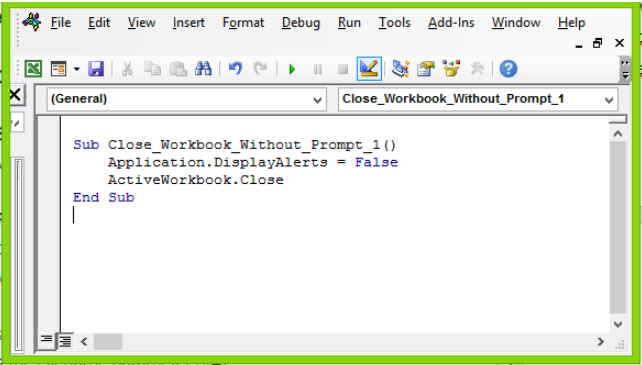
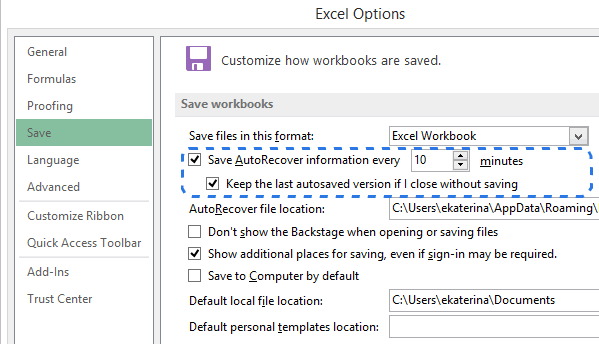




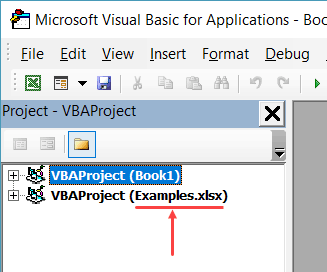
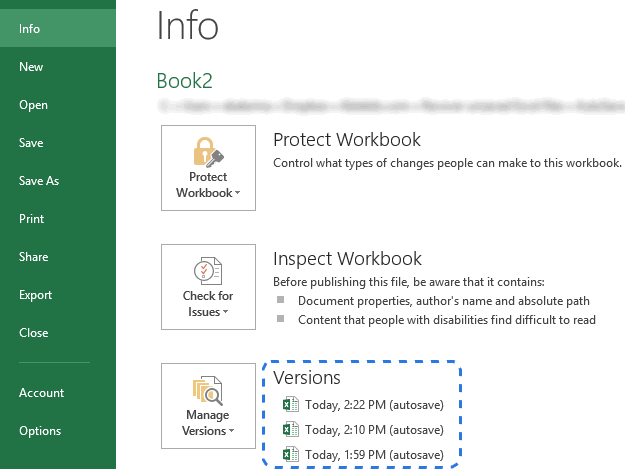



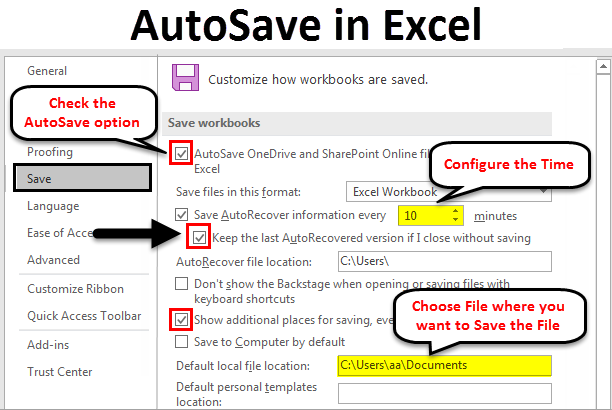





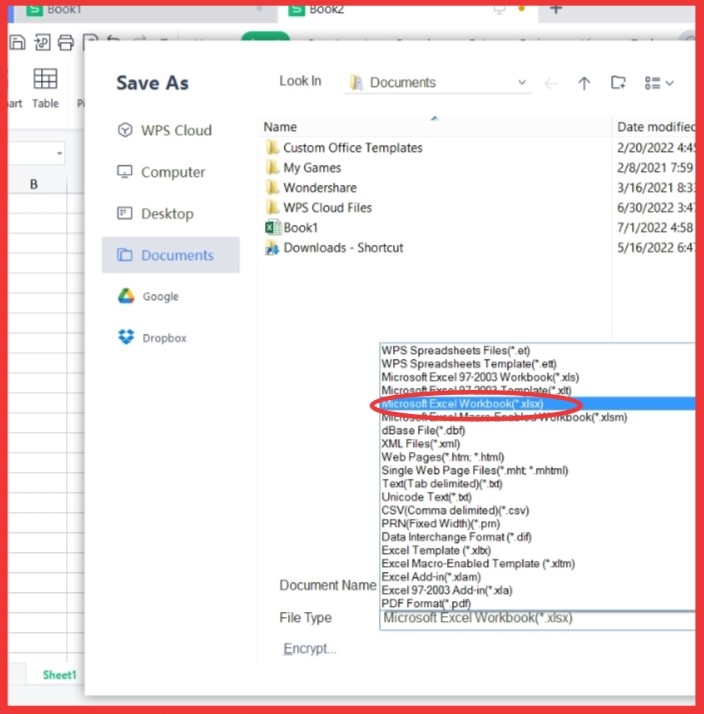
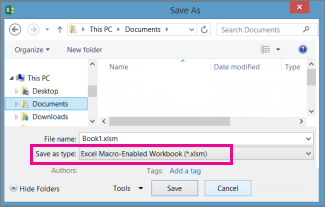






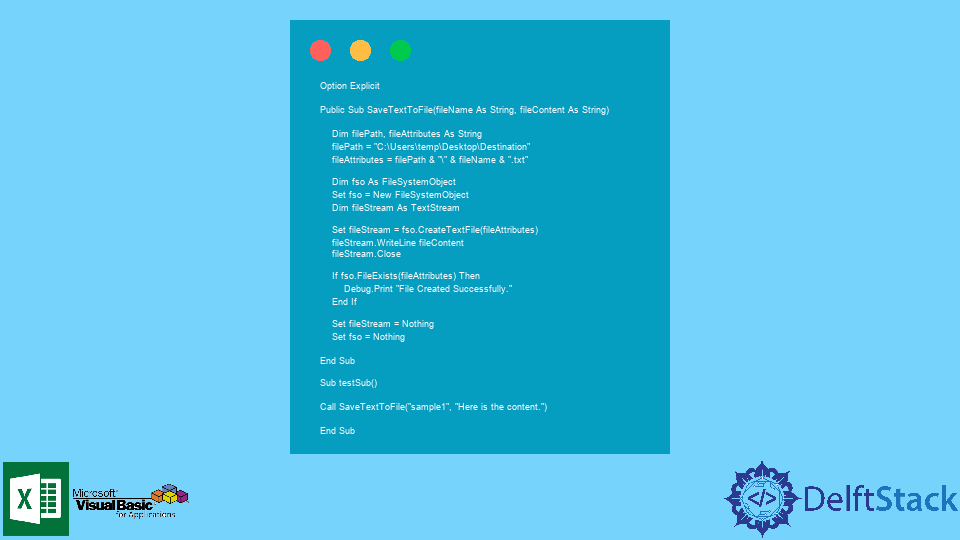

![Save invoice data [VBA] Save Invoice Data [Vba]](https://www.get-digital-help.com/wp-content/uploads/2010/12/save-invoice-data1.png)
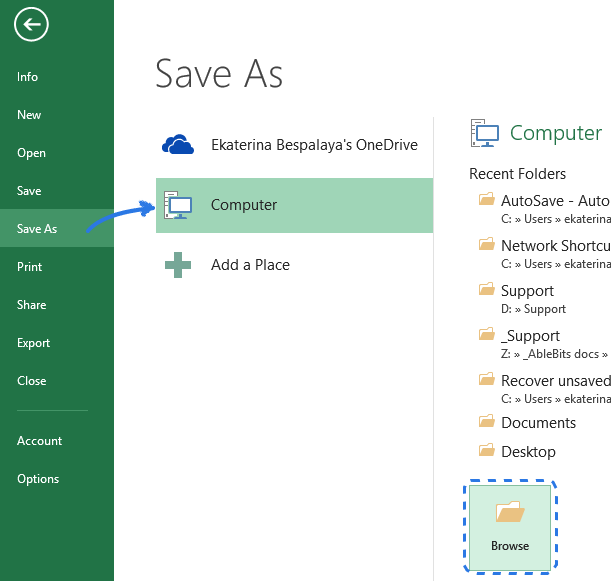

Article link: vba close file without saving.
Learn more about the topic vba close file without saving.
- Close Workbook in VBA Without Saving Excel Tutorial
- Proper VBA code to close workbook without saving
- Excel VBA: Close Workbook Without Saving – ExcelDemy
- Close Workbook without Saving with VBA – Mr. Excel
- Excel VBA Close Workbook: 8 Ready-To-Use Macro Code …
- Keyboard Shortcut: Close Excel Application and Workbook
- How to force a workbook to close after inactivity in Excel – Causal
- VBA Close Workbook (Excel File)
- VBA – Exit Without Save Prompt – Automate Excel
See more: nhanvietluanvan.com/luat-hoc